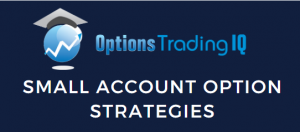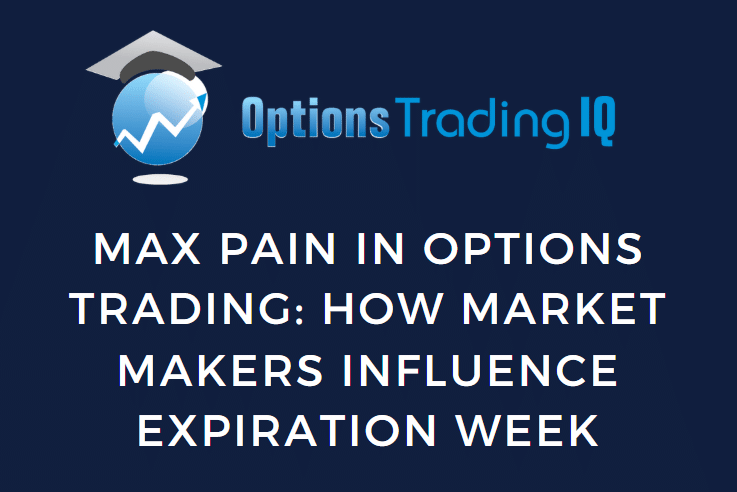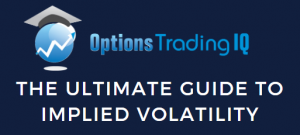

Contents
Understanding Max Pain Theory
Options expiration can be frustrating for traders, especially when a stock seems to gravitate toward a specific price, erasing profits from otherwise well-placed trades.
This phenomenon is often attributed to Max Pain theory, which suggests that the underlying stock price tends to close at the level where the largest number of options – both calls and puts – expire worthless.
Why does this happen?
The market is largely controlled by institutional traders and market makers, who have a vested interest in minimizing their payout to options holders.
Since they are often the net sellers of options, it benefits them when options expire out-of-the-money (OTM), allowing them to collect the premiums without taking a loss.
While it’s not a guaranteed outcome, the concept of Max Pain provides valuable insight into price action leading up to expiration.
Understanding how and why it works can help options traders adjust their strategies and avoid unnecessary losses.
How Max Pain Is Calculated
The Max Pain price is determined by calculating the total dollar value of options in the money (ITM) at different strike prices.
The strike price with the lowest combined payout to options holders is considered the maximum pain level—the point where most contracts expire worthless.
Here’s a simplified breakdown:
- Identify the open interest for both call and put options at each strike price.
- Calculate the theoretical loss market makers would incur if the stock closed at each strike.
- The Max Pain price is the strike price with the least total dollar exposure.
For example, if a stock is trading at $102 and there are large open interest positions at $100 and $105, the Max Pain price may be around $101 or $102—just enough to minimize payouts while ensuring most options expire OTM.
This is why traders often see stocks mysteriously drift toward specific price levels during expiration week, particularly when open interest is high at certain strikes.
Why Stocks Move Toward Max Pain
While no one can prove outright manipulation, there are structural reasons why prices tend to move toward Max Pain levels.
Market makers hedge their books dynamically, constantly adjusting their positions to remain neutral.
As expiration approaches, these hedging activities can influence the underlying price.
- Gamma Hedging: Market makers hedge their delta exposure by buying or selling shares. As short options get closer to expiration, their hedging needs increase, which can push the stock toward a level that neutralizes their risk.
- Liquidity and Order Flow: Retail traders often chase momentum, while institutions and market makers manage risk mathematically. Their collective order flow can steer stocks toward the Max Pain level.
- Options Unwinding: Traders closing out positions before expiration can create supply and demand imbalances that pull the stock toward the highest concentration of open interest.
While Max Pain isn’t an ironclad rule, it’s a recurring theme that traders should be aware of, especially when positioning trades close to expiration.
How Traders Can Use Max Pain to Their Advantage
While Max Pain may work against unsuspecting traders, those who understand it can adjust their strategies accordingly. Here are a few ways to incorporate it into your trading:
1. Avoid Buying Options Close to Expiration
Options buyers—especially those trading weekly contracts—often get trapped when the stock drifts toward Max Pain. If you’re buying calls or puts with only a few days left, consider where Max Pain sits relative to the current price.
2. Use Condors, Butterflies, or Credit Spreads to Capitalize on Pinning
Since stocks often hover near Max Pain, iron condors, butterflies, or credit spreads around these key levels can generate income with high probability. These strategies benefit from time decay and allow traders to profit even if the stock moves sideways.
3. Watch for Max Pain Reversals
If a stock is trading far from its Max Pain level, it might experience a pullback or rally as expiration approaches. Traders can use this insight to adjust positions or exit trades early before the Max Pain effect takes hold.
4. Use It as a Confirmation Tool
Max Pain should never be the sole reason for entering a trade, but it can serve as a useful confirmation tool when combined with technical analysis. If support or resistance aligns with the Max Pain level, the probability of a stall or reversal increases.
Final Thoughts: Max Pain Is a Guide, Not a Guarantee
Max Pain theory offers a compelling explanation for why stocks often settle near certain strike prices during expiration week.
While it’s uncertain, the combination of market maker hedging, liquidity shifts, and options unwinding makes it a recurring market phenomenon.
Smart traders don’t fight the market—they adapt.
By understanding how Max Pain affects price action, traders can avoid unnecessary losses, optimize entry points, and even capitalize on stocks that appear “pinned” near key levels.
At the very least, keeping an eye on Max Pain prevents traders from making emotionally driven decisions in the final days before expiration.
We hope you enjoyed this article on Max Pain in options trading.
If you have any questions, send an email or leave a comment below.
Trade safe!
Disclaimer: The information above is for educational purposes only and should not be treated as investment advice. The strategy presented would not be suitable for investors who are not familiar with exchange traded options. Any readers interested in this strategy should do their own research and seek advice from a licensed financial adviser.










